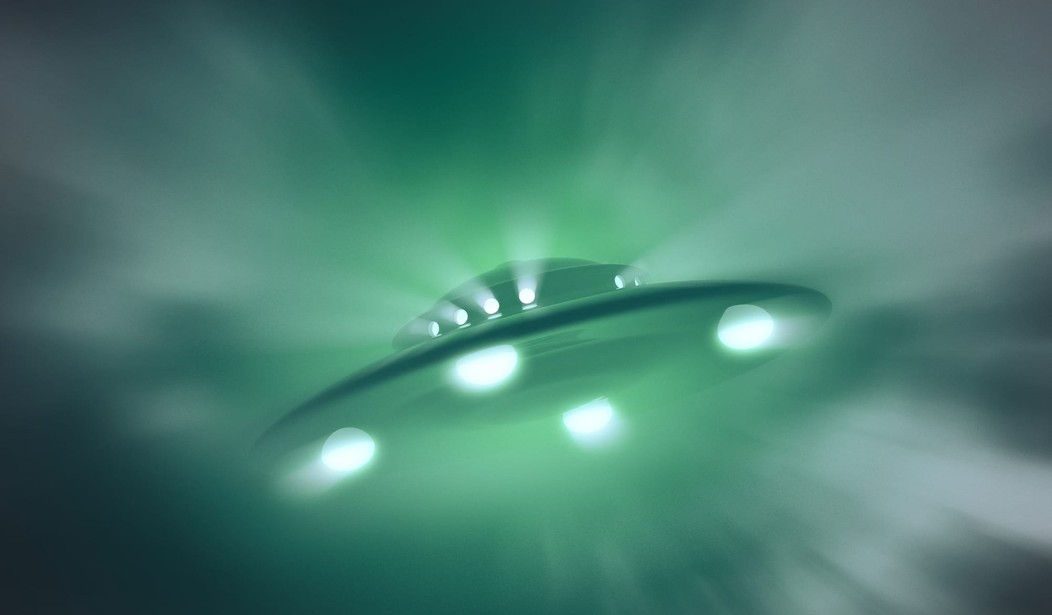Last year, the CIA made public two undated documents from its archive suggesting the agency once had a desire to thoroughly catalogue Unidentified Flying Objects.
One document, “GUIDANCE TO UFO PHOTOGRAPHERS,” listed 10 specific steps to rightly capturing UFOs on film. Each step emphasized preserving the moment for future analysis.
Here are those steps:
1. Have camera set at infinity.
2. Fast film, such as Tti-X, is very good.
3. For moving objects shutter speeds not slower than one hundredth of a second should be used. Shutter and f-stop combination will depend upon lighting conditions; dusk, cloudy day, bright sunlight, etc. If your camera does not require such settings, just take pictures.
4. Do not move camera during exposure.
5. Take several pictures of the object; as many as you can. If you can, include some ground in the picture of the UFO.
6. If the object appears to be close to you, a few hundred feet or closer, try to change your location on the ground so that each picture, or few pictures are taken from a different place. A change in position of 40 or 60 feet is good. (This establishes what is known as a base line and is helpful in technical analysis of your photography.) If the object appears to be far away, a mile or so, remain about where you are and continue taking pictures. A small movement here will not help. However, if you can get in a car and drive 1/2 to a mile or so and take another series of pictures this will help.
7. After pictures of UFO have been taken, remain where you are: now, slowly turning 360° take overlapping, eye level, photography as you turn around. By this technique the surrounding countryside will be photographed. This photography is very valuable for the analysis of the UFO you have just photographed.
8. Your original negative is of value. Be sure it is processed with care.
9. If you can, have another negative made from the original.
10. Any reproductions you have mlde for technical study and analysis should be made from the original negative and should be printed to show all the picture including the border and even the sprocket holes, if your film has them.
That’s not all the CIA provided, however. Indeed, a follow-up document allows individuals to send detailed information to the CIA. The form requests 8 pieces of information in order to catalogue the UFO sighting.
Here is the form, entitled “UFO PHOTOGRAPHIC INFORMATION SHEET (TO BE FILLED IN)”:
1. Information on camera.
Name of camera:
Camera Manufacturer:
Lense number and other data printed around sense:
For the camera “bug”; what was the focal length of the lens-camera combination you were using?
2. Date pictures were taken:
3: Time of day pictures were taken (to the nearest minute, if you can):
4. Direction you were facing at the time of photography (North, South, East, West, etc.):
5. Your location at time of photography (indicate location on map, such as road map, and show direction you were facing when pictures were taken):
6. The direction of each 360 degree ground orientation.picture: (this can easily be shown on a map or sketch).
7. Sketch of details of area where you were standing when photography was taken; include such things as telephone poles, fence posts, buildings, etc.:
8. Where was the original negative processed and when:
This advice and this form show the CIA wasn’t fooling around. They wanted UFO pictures, they wanted detailed information on them, and they planned to investigate.
The documents were released in July 2017, in a tongue-in-cheek post. “You never know what you’ll find when browsing through CIA’s FOIA archives…” the agency reported. The CIA said, “In celebration of World UFO Day, we dug up some long lost tips on how to take photographs of UFOs.”
This wasn’t part of the program launched by Sen. Harry Reid (D-Nev.), called the Advanced Aviation Threat Identification Program, which ended in 2012 — these documents seem to be dated from back in the 1940s.
The CIA’s post does not suggest whether or not the agency is still searching for such information. There is nothing to clarify they are not, but this photography technology is outdated, and the post does not include up-to-date instructions.









Join the conversation as a VIP Member